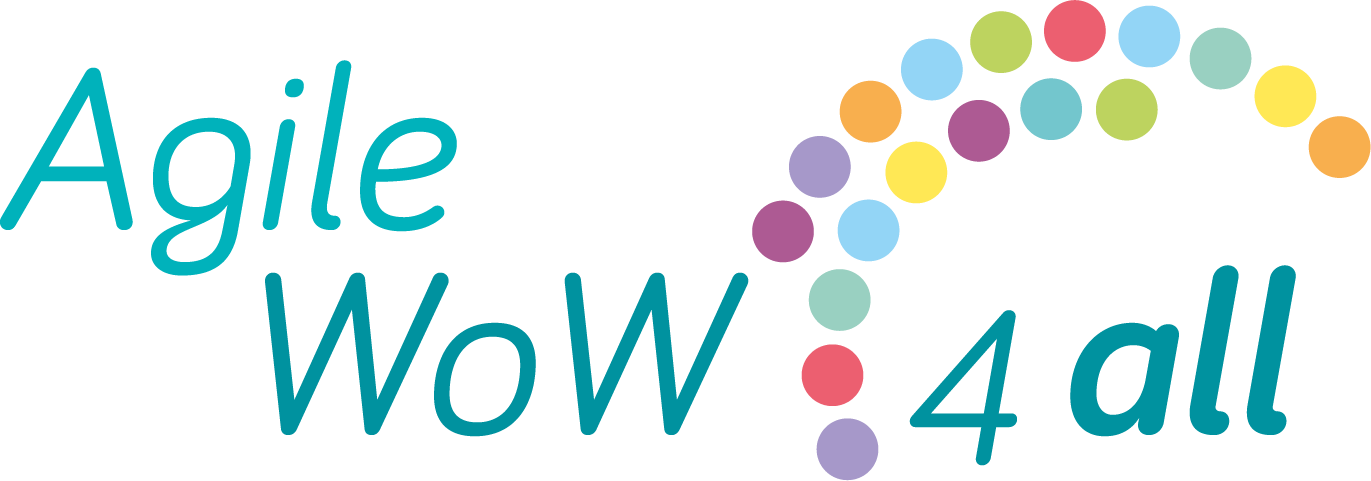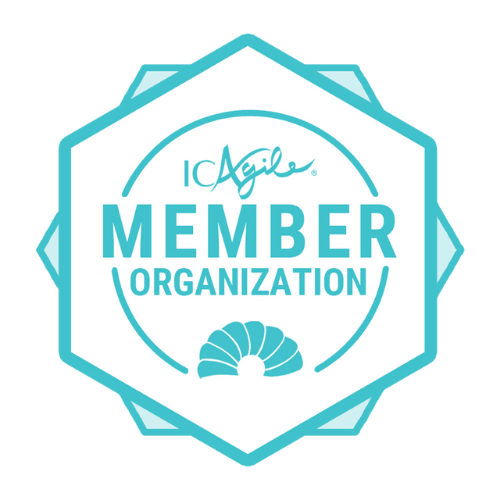Six Key Techniques For Agile Marketing: A blog post about how businesses can be agile.
The ever-changing landscape of business means that marketing teams have to be more agile than ever before. What worked last year might not work this year, and what works this quarter might not work next quarter. So how can businesses stay ahead of the curve? By being agile, of course! Agile marketing is all about being adaptable and responsive to change. It’s about being able to pivot quickly and efficiently when necessary. And it’s about always being ready for whatever comes your way. In this blog post, we’ll explore six key techniques for agile marketing. From building a flexible team to always staying data-driven, these tips will help your business stay one step ahead of the competition.
What is Agile Marketing?
Agile marketing is a methodology that allows businesses to be flexible and responsive to changes in the marketplace. It is based on the principles of agile software development, which emphasize iterative development, team collaboration, and customer feedback.
Agile marketing teams work in short cycles, or sprints, and focus on delivering high-value, customer-centric deliverables. They are constantly testing and learning from their experiments, and using data to inform their decisions.
The agile marketing approach helps businesses to be more nimble and adaptable, which is critical in today’s ever-changing landscape. It allows businesses to respond quickly to new opportunities and threats, and make continuous improvements in their marketing efforts.
If you want to learn more about agile marketing, check out our blog post Six Key Techniques For Agile Marketing.
The 6 Key Techniques of Agile Marketing
The term “agile marketing” first came into existence in the early 2000s, but it was popularized by the software development method known as Agile. While there are many similarities between agile software development and agile marketing, there are also some key distinctions. Here are six key techniques of agile marketing:
1. Lean Planning: In agile marketing, the planning process is much more flexible and adaptable than in traditional marketing. Plans are constantly being updated and revised based on feedback from customers and data from analytics tools.
2. Rapid experimentation: One of the core principles of agile marketing is “fail fast, learn faster”. This means that marketers should be constantly experimenting with new ideas and tactics, and quickly discarding those that don’t work.
3. Customer-centricity: Agile marketing is all about putting the customer first. Everything from product development to customer service should be focused on delivering an amazing experience to customers. To know more, why don't you look at the Agile Customer's Centricity Manifesto
4. Data-driven decision making: In agile marketing, data is king. All decisions should be based on data collected from experiments, surveys, customer feedback, etc.
5. Cross-functional teams: In traditional marketing organizations, teams are often siloed and only work on one aspect of the marketing mix (e.g., PR or advertising). In agile marketing organizations, teams are cross-functional and work together on all aspects of the customer journey.
6. Continuous improvement: The agile marketing mindset is all about continual improvement. Marketers should always be looking for ways to optimize their processes and deliver even better results for their customers.
The Benefits of Agile Marketing
In a rapidly changing business landscape, being able to adapt quickly is crucial to success. Agile marketing is a methodology that helps businesses do just that. By breaking projects down into smaller pieces and working in short sprints, businesses can be more responsive to change and better able to pivot when necessary.
Agile marketing also fosters a culture of continuous improvement. Because teams are constantly looking for ways to optimize their workflows, they are always finding new and better ways to do things. This leads to a constant state of innovation which is essential in today’s competitive marketplace.
There are numerous other benefits of agile marketing as well, such as improved communication and collaboration, increased transparency, and higher quality output. If your business is looking for ways to become more agile, then adopting an agile marketing approach is a great place to start.
Case Studies of Successful Agile Marketers
Businesses of all sizes are turning to agile marketing in order to stay ahead of the competition. By using techniques such as user story mapping and rapid prototyping, businesses can adapt their marketing strategies on the fly and deliver better results.
In this section, we'll take a look at some real-world examples of businesses that have used agile marketing to great effect. We'll see how they've used these techniques to improve their customer experience, deliver more targeted campaigns, and ultimately drive more sales.
User story mapping is a powerful tool that can help businesses understand their customers' needs and wants. By creating user stories, businesses can get a clear picture of what their customers are looking for and how they can best address their needs.
In one case study, a company used user story mapping to improve its website design. By understanding the user's needs, the company was able to make changes to its website that resulted in an increase in conversion rates.
Rapid prototyping is another technique that can be used to quickly test and iterate on marketing ideas. In one case study, a company used rapid prototyping to test different landing page designs. By testing multiple designs, the company was able to find the best performing version and deploy it live on its website.
Both user story mapping and rapid prototyping are powerful tools that can help businesses improve their marketing strategies. By understanding the needs of their customers and quickly testing new ideas, businesses can stay ahead of the competition
Conclusion
Agile marketing is a must for businesses that want to stay ahead of the competition. By being agile, businesses can adapt quickly to changes in the market and keep their customers happy.
The six key techniques for agile marketing are:
1) customer focus, 2) continual planning, 3) short iterations, 4) close collaboration, 5) constant feedback, and 6) flexible execution. By following these techniques, businesses can create a well-oiled machine that is able to pivot when necessary and always be one step ahead.
Would you want to learn more?
Download our recompilation of articles of reference




